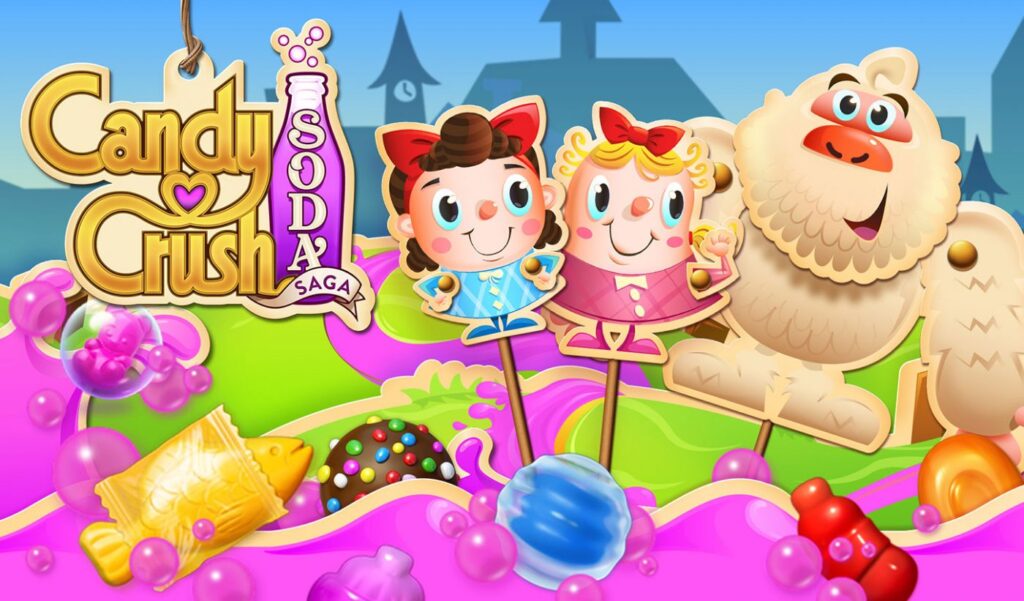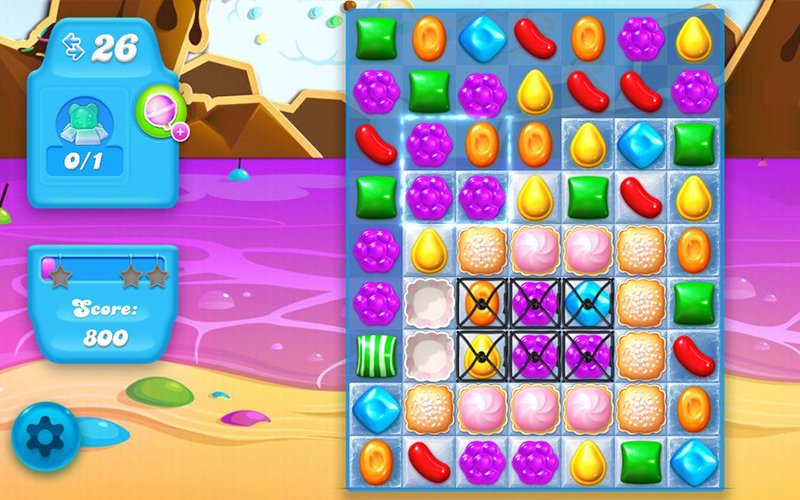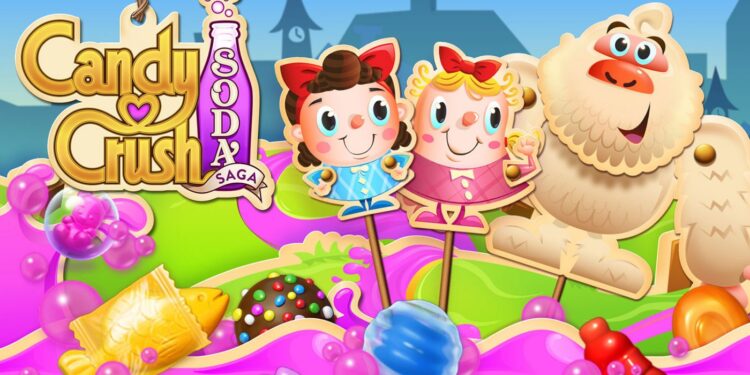
It is important to keep track of how the developers of a game try to maintain their reputation with their upcoming releases as the game achieves widespread significance.
King’s Candy Crush Saga was infamous for two reasons: its insanely addictive gaming and its annoying inclination to chain the players by the limited number of allowed steps to accomplish the missions. The developer’s next version, Candy Crush Soda Saga, was even more addictive and created more methods to restrain the players and irritate them into purchasing additional moves when used up.

In other words, when the player has no more matched candy pieces in the game, the pieces get randomly rearranged, leaving the player stuck in the same stage for a long time, unable to move on, or stop playing. However, a fair play should normally have the minimum number of shuffles possible and allow the player to have some possible moves.
Candy Crush Soda Saga is fundamentally similar to the initial version of Candy Crush Saga; players are required to find matches of at least three pieces of sweet candy. However, the new version contains additional details, such as the dentist’s night terror combination of soda, bubble bears, and candy. For instance, some stages in the game demand the player to float gummy bears on the top by matching soda bottles.

A particular level in Candy Crush Soda Saga is exceptionally challenging and tricky. It requires the player to reveal the bear under the pieces of candy completely, but the task of finding matches is challenging. Often multiple hurdles are stacked on top of the hidden bear, which makes the mission even harder, and that is clearly a lot of work considering the number of moves allowed by the game to complete the task.
The best chance to succeed in a free game that requires matching pieces typically includes matching at least four pieces, which produces new pieces that can explode, thus eliminating some hindrances. Yet, Soda Saga makes this task tough with its barrier-choked boards. The “shuffle” message, already mentioned above, shows up a lot, suggesting that the optimal method to pass the challenging stages successfully is by purchasing additional moves, power-ups, or both; otherwise, the task could take ages!

Admittedly, Candy Crush Saga has a bad reputation because of this same problem; yet, these complicated stages are introduced in it in the higher levels of the game, unlike Candy Crush Soda Saga in which they begin around level fifteen. At any rate, both games are just as addictive. You can’t help but return to it and try passing the levels repeatedly until you get lucky enough to have a fair board that you can pass. That said, the addictiveness of Candy Crush Soda Saga is not sufficient to dismiss the uncomfortable idea that you have an impossible task in the stages of those hellish frozen bears.




